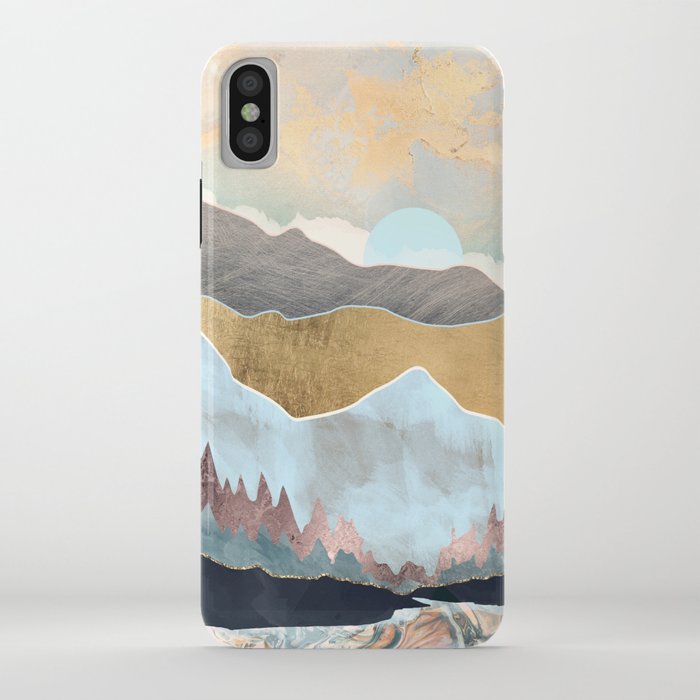Menu principale:
Winter Light Iphone Case
winter light iphone case
SKU: EN-M10108

winter light iphone case
CNET también está disponible en español. Don't show this again. Santur announced Wednesday that it closed a $23 million second round of funding. Thomas Weisel Partners led the round with participation from all the company's former investors, including Sequoia Capital and Menlo Ventures. Menlo Ventures led the Fremont, Calif.-based company's $20 million first round in June 2001. Santur will use the financing to complete qualification of its tunable laser by Telcordia, a company that clears telecom equipment and components for use in the networks of Baby Bell phone companies such as Verizon Communications, SBC Communications and others. The company expects to receive qualification later this year.
Santur announced Wednesday that it closed a $23 million second round of funding, Thomas Weisel Partners led the round with participation from all the company's former investors, including Sequoia Capital and Menlo Ventures, Menlo Ventures led the Fremont, Calif.-based winter light iphone case company's $20 million first round in June 2001, Santur will use the financing to complete qualification of its tunable laser by Telcordia, a company that clears telecom equipment and components for use in the networks of Baby Bell phone companies such as Verizon Communications, SBC Communications and others, The company expects to receive qualification later this year..
CNET también está disponible en español. Don't show this again. Analysts say the technology has potential--especially for the television industry, which needs to find more bandwidth in its networks in order to meet a 2005 federal mandate to begin broadcasting bandwidth-sucking HDTV signals. "It'll get more bang for your buck out of the existing cable band," said David Hoover, an analyst with investor-side research company Precursor Group. UWB, one of the newest wireless technologies for commercial businesses, works differently than other wireless technologies. Traditional wireless devices use radio waves to deliver telephone calls, e-mails or a Web page. The waves are assigned small areas of spectrum--typically 6MHz--to travel through on their way to a cell phone, laptop or PDA (personal digital assistant). UWB, on the other hand, delivers the same services by using low-powered pulses that spread over hundreds of megahertz of bandwidth. UWB pulses do not create unruly interference with other waves, though, because they are so low-power, said PulseLink founder John Santhoff.
Over wires, it will create a "ghost network" capable of delivering as much as 1 gigabit of information over bandwidth winter light iphone case that most wired network operators haven't been able to use, he said, "It's like sub-zero second Morse Code," Santhoff said, "We're creating a ghost network on top of the old network that doesn't interfere with it and doesn't interact with it, If you don't have our equipment, you can't see the communications there.", Santhoff said the company has so far only created a miniature version of a cable TV network it made using UWB in its labs, The company has yet to perform a public demonstration, though..
Military rootsOn Feb. 14, the FCC gave the go ahead for commercial use of UWB. The lobbying and wrangling prior to the FCC's nod mostly involved the U.S. military. The government had developed the technology and was the first to use it "because of its covert nature," Santhoff said. The government and mobile phone carriers say the signals are so powerful they could cause disruptive interference to their wireless operations. The FCC took the complaints into account. And, to avoid the spectrum used by the military and companies, the commission set limits on the radio frequencies that UWB can broadcast in.
- best iphone 8 cases on sale - silicone case
- iphone 8 olixar sentinel case and glass screen protector reviews
- uag plasma iphone xs max protective case - ash
- ski print iphone case
- protective hardshell case for apple iphone x and xs - clear/blush/charlotte stripe rose gold glitter
- symmetry series clear intelligent rose case for apple iphone x and xs - yellow/clear
- beach day iphone case
- atomic protective waterproof case for apple iphone 5, 5s and se - teal/clear
- the original dual layer protective case for iphone xs max
- commuter series case for apple iphone se, 5s and 5 - black
- excuse me for being so intellectual iphone case
- More...











